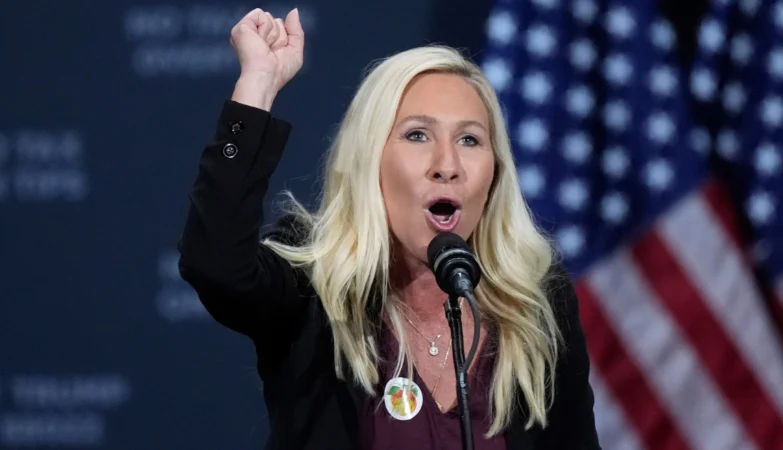A legacy of periods of confinement, no bra retains a significant number of followers in France, especially among the younger generations. While women seem more free from clothing standards: young french women are by far the most many to no longer wear a bra.
Boosted by the isolation imposed by confinement, the practice of no bra and bras (absence of a bra) in France was not just an ephemeral fashion.
The proportion of young French women under 25 never wearing a bra was 13% this summer (June 2022), which is a significant drop compared to the first confinement (20% in April 2020) but which nevertheless remains a level three times higher than that measured before the outbreak of the health crisis (4% in February 2020). Among French women as a whole, the absence of a bra remains a much less common daily practice (6% in June 2022) even if, there too, it has twice as many followers today as before the first containment (3% in February 2020).
“Despite a return to more “normal” living conditions, the trend therefore seems to be a certain anchoring of the practice of no bra among young people, no doubt because it is there carried by two dynamics already present in lingerie before the Covid: a neo-feminism promoting the liberation of the female body and a body positivism encouraging to give a premium to comfort which are both very significant movements in these young generations.” François Kraus (IFOP) says.
This relative anchoring of no bra among French women undoubtedly plays a large role in the fact that France is now the country where there are the most women who do not wear a bra in the adult population as a whole. (6% in France, against an average of 4%) but especially among young people under 25: 13% in France, against barely 3% in Spain, 2% in Italy and only 1% in the United Kingdom and in Germany.
Whereas in the 20th century they had been pioneers in the adoption of the bra – hailed then as a means of liberation from the corset – French women would therefore now seem the most willing to abandon what the feminists of the 1960s had erected as a symbol of the sartorial oppression of women.
François Kraus (IFOP) continues: In the country of Simone de Beauvoir, it is difficult not to see in this taste for no bra the effect of a more acute feminist consciousness, the impact of media discourse on the subject and perhaps also the “fashion culture” of a country where new trends are adopted more quickly, especially when they are part of a logic of comfort. But we can perhaps also see in this the effect of a greater degree of secularization, which would make French women less sensitive to the puritanical pressures of a religious nature, which cast opprobrium on all forms of display of a female nipple.
Health News






































